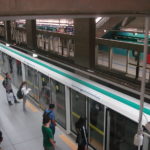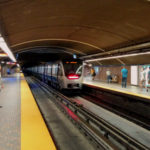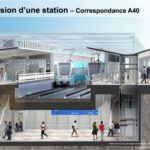Does Automating the Metro Save Lots of Money?
July 27th, 2017 by ant6nAs a continuation of my recent post on the cost of operating the Montreal Metro, I wanted to look at the merits of automation. The recent discussion of the planned REM light metro has brought that subject up repeatedly, with the implication that drivers are super expensive and that you can save a lot of money by running completely unattended trains. The PR keeps touting that it would be one of the largest automated metro systems, often along the claim that transit will be profitable from now on.
But can automation actually turn a heavily subsidized transit system into a suddenly profitable one?
A while back I spoke to the technical director of CDPQInfra (the private company which wants to build the REM), at one of their poster sessions. I was doubtful automation would reduce operating cost very much. How expensive can the drivers possibly be, compared to the rest of the system? The technical director emphasized that back in Lyon, where he gained a lot of his experience, they had three automated lines, and one non-automated one — and that line always gave them problems, and was much more expensive to operate.
I looked it up later, and it turns out that this one manually operated line of the Lyon Metro, the Line C, is a tiny, 2.4km-long cog-railway, with steep inclines of 17%, operated with a tiny fleet of 2-car trains that were built specially for this operation. Of course this line is going to be expensive to operate!
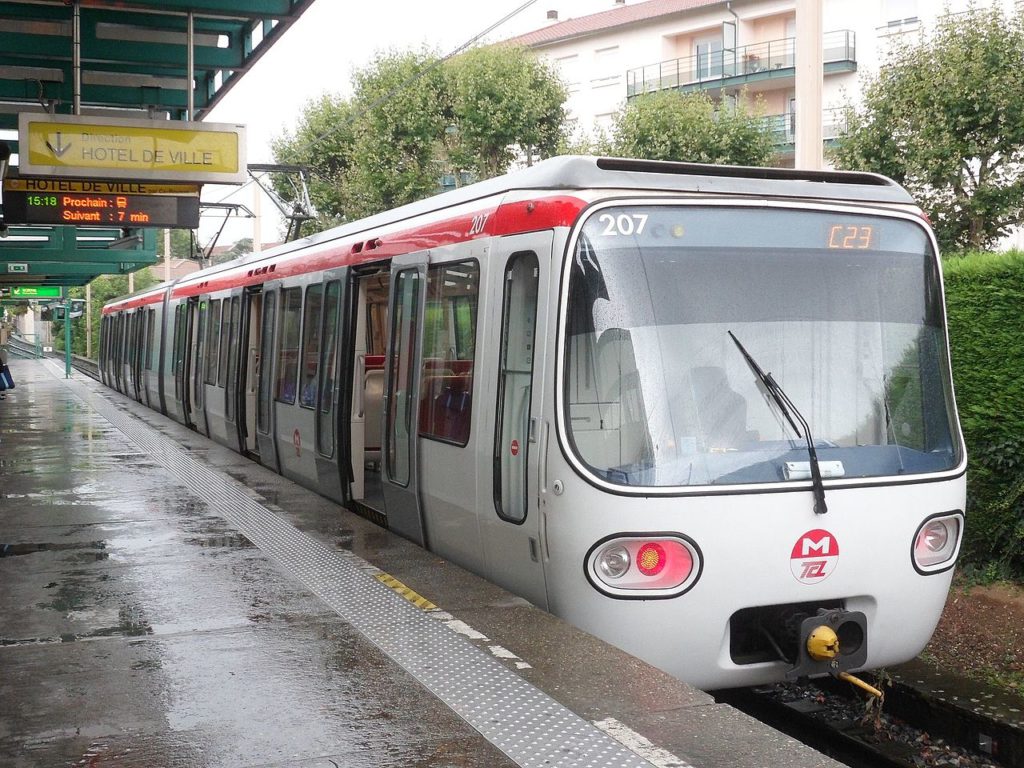
Lyon Metro Line C (source)
I find it rather strange that this example was being brought up at all in the discussion of automation. It means a line that is inherently very expensive is being used as an example to show the expensiveness of manual train operations.
Back to the Montreal Metro. My previous article on the cost of the metro already showed that it is likely cheaper to operate per passenger-km than the REM will be, despite one having drivers and the other not. This is probably thanks to its concentration in urban areas and resulting high ridership. But how much could we save if we automated the metro and get rid of the drivers?
One way to estimate this is to calculate the cost of metro drivers, and compare that to the cost of converting to automatic operation.
The Cost of the Metro Drivers
In 2011,the STM employeed 308 metro drivers – and more than 9000 employees overall. Already there’s a hint that 3% of the employees will probably not have a very large financial impact overall.
Assuming 100,000$ cost per metro driver in 2015 [1], and assuming that the number of metro employees increased by the same amount as the amount of service between 2011 and 2015 [2], this means the drivers cost about 31 million $ per year.
The table below shows the cost of drivers compared to the operating cost and total cost of the metro:
| STM Metro Drivers 2015 | cost | Cost perpassenger-km | % ofoperating cost | % oftotal cost |
|---|---|---|---|---|
| Total pay of Metro drivers | 31M$ | 1.4¢ | 7.6% | 3.5% |
| Metro operating cost | 406M$ | 18.3¢ | 100.0% | 46.2% |
| Metro operating + capital cost | 878M$ | 39.7¢ | n/a | 100.0% |
(see spreadsheet with complete calculations)
$31 million may sound like a lot, but it only represents about 7.6% of the metro operating costs, and only about 3.5% of the total operating + annualized capital costs of the metro system.
The number of metro drivers is relatively small — there are many more people tasked with maintaining the trains and tracks. There are also a lot more ticket booth attendants than driers: 447. It would probably be easier to save money by removing those.
Still, let’s say saving a couple of percent on the operating cost of the metro would be great. A penny saved is a penny earned!
In order to know how much it will save, we need to know how much it will cost.
The Cost of Automation
The problem with automation is that in order to create a completely unattended system, the industry best practice is to install platform screen doors to ensure that nobody can ever enter the tracks.
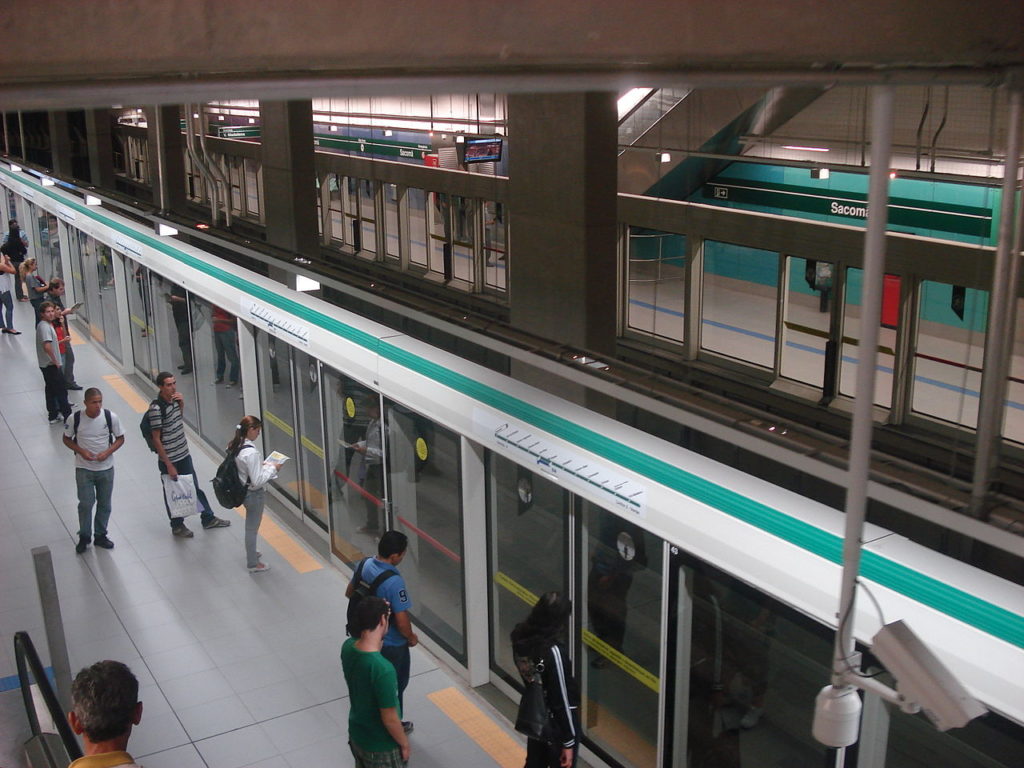
Platform screen doors at Sacoma station in Sao Paolo (source)
The STM estimates the cost to install platform screen doors to be about 10M$ per station, or 5M$ per platform. (In Toronto a detailed study came up with the same amount.)
Let’s assume this is still a realistic cost estimate, that this is the only cost needed to get to full automation and that the Montreal signal system is already ‘ready’ for automation. This would give us the following cost:
| Platform screen doors cost per platform | 5M$ |
| Number of metro platforms | 146 | Total capital cost | 730M$ | Annual cost of capital | 4% | Annual cost of platform screen doors | 29.2M$ |
So assuming that we can get rid of all metro drivers by automating, and assuming that we can automate by simply installing platform screen doors, we find that the annual cost of drivers matches the annual cost of paying off the upgrades (~30M$).
In our completely optimistic calculation, the already small savings are being completely undone by the costs.
But the reality is more complicated than that. Firstly, you can’t get rid of all employees in the metro system. In Vancouver’s automated Skytrain network, a large number of attendants are roaming the system to ensure safety and deal with emergencies.
Further, salaries paid to employees living in Montreal have a way of circulating back to the budget (via taxes), but also circulate in the local economy. I don’t think it’s the role of the state to employ people, but I think this consideration does skew the equation towards paying people rather than buying things from international vendors where most of the money will get exported away.
So if we’d take these points into account, we will actually lose money every year by converting the metro to automatic operation, based on the cost of platform screen doors alone.
There’s another problem: Platform screen doors have to be placed exactly to match the location of the doors of the trains. But the new Azur trains of the Montreal Metro have 3 doors per car instead of 4 like the existing trains. So any automation effort can really only be done after the line is converted to all new trains.
Are there Arguments for Automation besides Cost?
This analysis so far has only looked at the cost of drivers. But are there other arguments in favor of automation?
When talking about automation, we generally separate “automatic train operation†(ATO), where a computer drives the trains to the next station, from “unattended train operation†(UTO), where a computer also opens and closes the doors.
So under ATO, there are still “driversâ€, who open and close the doors, ensure the safety of passengers, and deal with emergency situations. But the driving itself is done by a computer. It ensures that the trains respect safe distances and speed limits, accelerates and decelerates the trains, and makes it stop at the next station.
The ability to increase the frequency of trains and thus capacity is the main argument in favor of automation, not necessarily driver cost.
The Montreal Metro is actually already operated this way, the drivers mostly ensure safety of the passengers, but the trains drive themselves to the next station.
Being able to increase the frequency of the metro would be incredibly useful, especially on the overcrowded Orange line. But the bottleneck is not the computer or signalling system that drives the trains. The main problem is the safety in the tunnels.
The metro uses only a single tunnel for both directions, so there’s no separate one that can be used for egress in emergency situations. Therefore the system has adopted a rule that a train may only leave a station when the path to the next station is clear.
If we want to increase frequency and thus capacity, we would have to upgrade the safety systems and plans to allow multiple trains in the tunnels between stations.
So in the end, the main benefit of automatic train operation isn’t the removal of drivers, but the increase in capacity. But for the Montreal Metro, further automation would not help at this point, because the bottleneck today is due to the safety rules in the tunnels — which we would have to fix first.
[1] Every of the 9374 employees cost the STM about 90,774$ on average, including all benefits (see page 50 of the 2015 budget).
[2] total vehicle-km increased by 1.7% between 2011 and 2015, from 77 million to 78.3 million vehicle-km.
